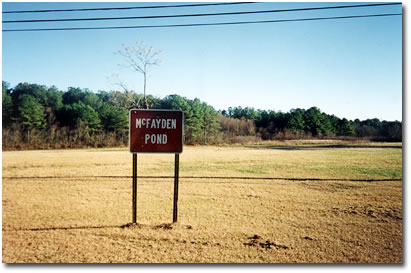|
|
|
|
|
|
 |
 |
|
|
| 9th
Infantry Division — World
War II — Fort Bragg, North
Carolina |
|
|
|
 |
 |
 |
 |
 |
 |
 |
|
|
According
to Joseph B. Mittelman's book Eight
Stars to Victory: A History of the
Veteran Ninth U.S. Infantry Division,
the last of America's Regular Army
divisions, the 9th Infantry Division,
was called for duty in the Second
World War on July 20, 1940.
Having also fought in World War I,
the 9th Infantry Divsion was reactivated
on Aug. 1, 1940, and assigned to Fort
Bragg, N.C.
The "Octofoil" was stationed
at Fort Bragg until September and
October 1942 when its three infantry
regiments, the 39th "Fighting
Falcons," the 47th "Raiders"
and the 60th "Go-Devils"
began moving out for destinations
unknown.
By Oct. 21, 1942, a large armada known
as the Western Task Force, which included
the 9th Infantry Division, was formed
at Norfolk Navy Yard in Norfolk, Va.
On Oct. 23, 1942, the Western Task
Force steamed through Hampton Roads,
Va., for an approximate 3,000-mile
journey across the Atlantic Ocean,
which at that time was infested with
enemy submarines. On Nov. 8, 1942,
the Western Task Force landed on the
shores of French Morocco to begin
America's first D-Day and involvement
in World War II.
Before traveling to North Africa,
9th Infantry Division troops had extensive
training on amphibious landings at
Fort Bragg's McFayden Pond. Learning
how to land on unfriendly shores against
fortified foes was essential, according
to Mittelman in Eight Stars to
Victory.
"Mock-ups and a landing-net platform
were built, the latter being situated
on McFayden's Pond," Mittelman
wrote. "Training began in the
vicinities of Norfolk, Va., Solomon's
Island, Md., and New River, N.C, where
wet and bewildered GIs found that
this new type of warfare was an exact
skill, requiring much practice. Falling
into the water was easy, indeed."
Mittelman wrote in Eight Stars
to Victory that then Secretary
of War Henry Stimson visited the 9th
Infantry Division on May 22, 1942,
and viewed landing demonstrations
made by the 47th Infantry Regiment
at McFayden Pond.
"The Secretary of War was well
pleased," Mittelman wrote in
Eight Stars to Victory. "He
wrote (then 9th Infantry Division
commander Brig. Gen. R.E.D. Hoyle)
regarding the visit thereafter:
"'. . . it was a source of gratification
to me to see the excellent condition
of your men and their training, and
to see how much progress they have
made since my last inspection of Fort
Bragg over a year ago. I was particularly
impressed by the aggressive attitude
and technical training of the 47th
Infantry Combat Team which made the
landing demonstration.'"
McFayden Pond became a crucial learning
ground for the 9th Infantry Division,
which would go on to make amphibious
landings on unfriendly shores at French
Morocco in North Africa, Sicily and
Utah Beach in Normandy, France.
[ Back
to Photographs • Next
Photograph ]
|
 |
 |
 |
|
|
 |
|
 |
|
|
|
|
|
|
|
|
|
 |
 |
|
